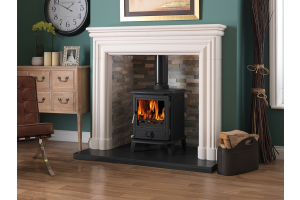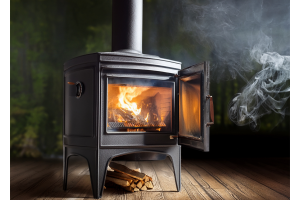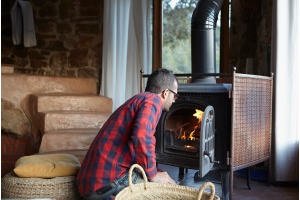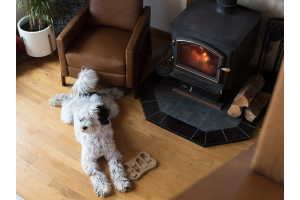Keep Your Home Safe: Remember to Sweep Your Chimney!
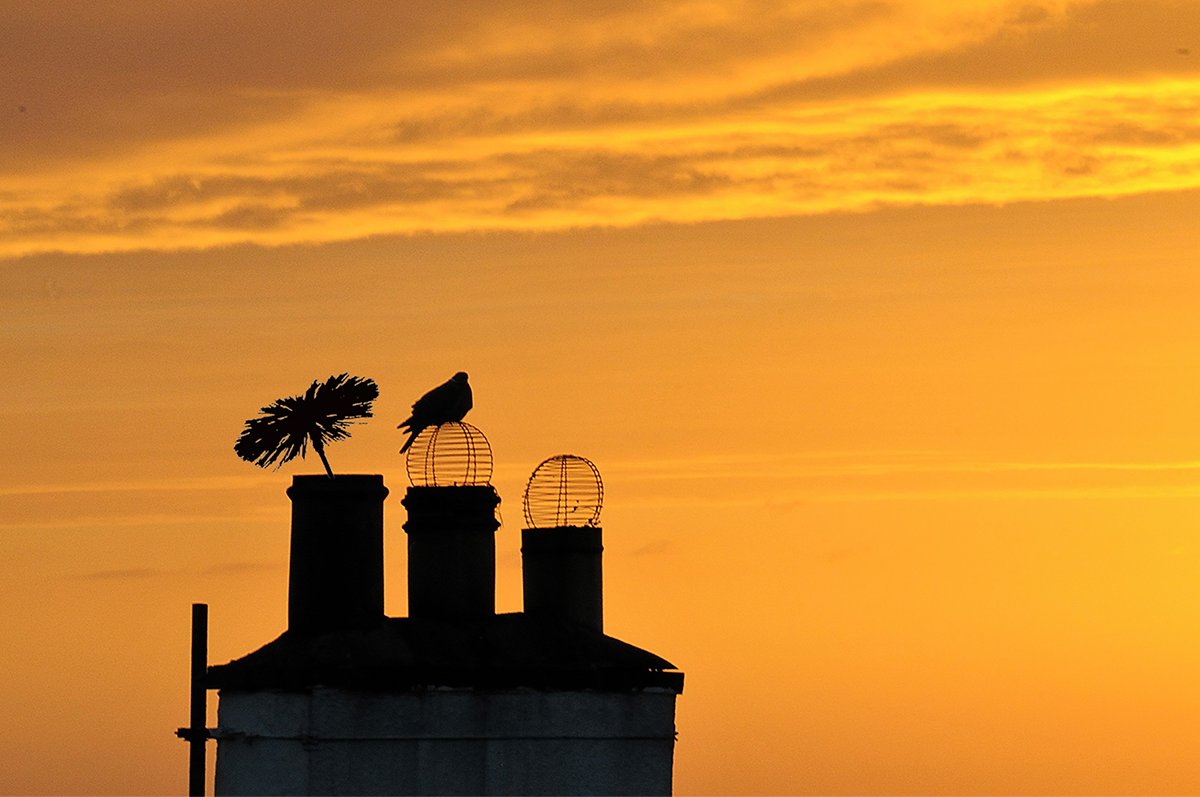
As the nights begin to grow colder, many of us look forward to the cosy warmth of wood-burning stoves and open fires during the winter months. However, before you light that first fire of the season, it’s crucial to remember the importance of having your chimney swept. Ensuring your chimney is clear of obstructions will allow it to function safely and efficiently.
Regular chimney sweeping is essential for removing soot, bird nests, cobwebs, and other blockages. It also eliminates creosote buildup, a highly flammable substance that can lead to dangerous chimney fires.
How Often Should You Sweep your Chimney
At a minimum, your chimney should be swept once a year to keep it clean and prevent buildup that becomes harder to remove over time. Many homeowners opt for a sweep at the end of summer, ensuring their chimney is ready for the colder weather ahead.
The frequency of sweeping also depends on how often you use your stove or fire. If your stove sees heavy use throughout the winter, your chimney sweep might recommend additional cleanings, especially if the chimney is particularly dirty.
Always consult a reputable chimney sweep for the best advice and service. The National Association of Chimney Sweeps is a trustworthy resource for finding a qualified sweep in your area: Find a sweep near you.
How Can You Tell When Your Chimney Needs Sweeping?
While an annual chimney sweep is a good starting point, you should also be aware of signs that indicate your chimney might need attention sooner. Your chimney sweep can advise on when your next cleaning should be, but look out for these indicators:
- Smoke is drifting back into the room.
- A bad smell lingers even when the fire isn’t lit.
- You notice tar-like substances around the damper or flue entrance.
- Soot frequently falls back into the stove or fire.
- The fire isn’t burning as efficiently as it should.
- Birds are seen around the chimney top, or you hear scratching noises, which could indicate a nest.
If you notice any of these signs, it’s time to call in a chimney sweep for inspection. For those who want to check their chimney themselves, make sure to wear goggles and a dust mask. Shine a torch up the inside of the firebox; if you see any black buildup that’s about a quarter of an inch thick, it’s best to avoid using the stove until the chimney has been swept.
What Are the Risks of Not Cleaning Your Chimney?
Neglecting to clean your chimney can lead to serious hazards, including chimney fires and carbon monoxide poisoning. The accumulation of soot, creosote, and tar can obstruct fumes from escaping and may ignite when exposed to heat.
Additionally, without professional inspection, cracks and corrosion in the chimney structure can go unnoticed, leading to the potential for flammable debris to fall inside. Cracks can also allow moisture into the chimney, which can cause further problems in your home.
How to Prevent Creosote Build-Up in Your Chimney
Preventing creosote buildup is easier than removing it. Here are some tips to help you keep your chimney clean:
- Avoid slumbering your stove, as it produces more fumes.
- Use the right fuel: dry, seasoned wood or smokeless fuel is ideal. Look for the "Ready to Burn" logo when buying wood, or use a moisture meter to ensure your seasoned wood has a moisture content of 20% or less. Remember, only multifuel stoves are designed for burning smokeless fuel.
- Keep your fire hot and well-ventilated to ensure the fuel burns as efficiently and cleanly as possible.





